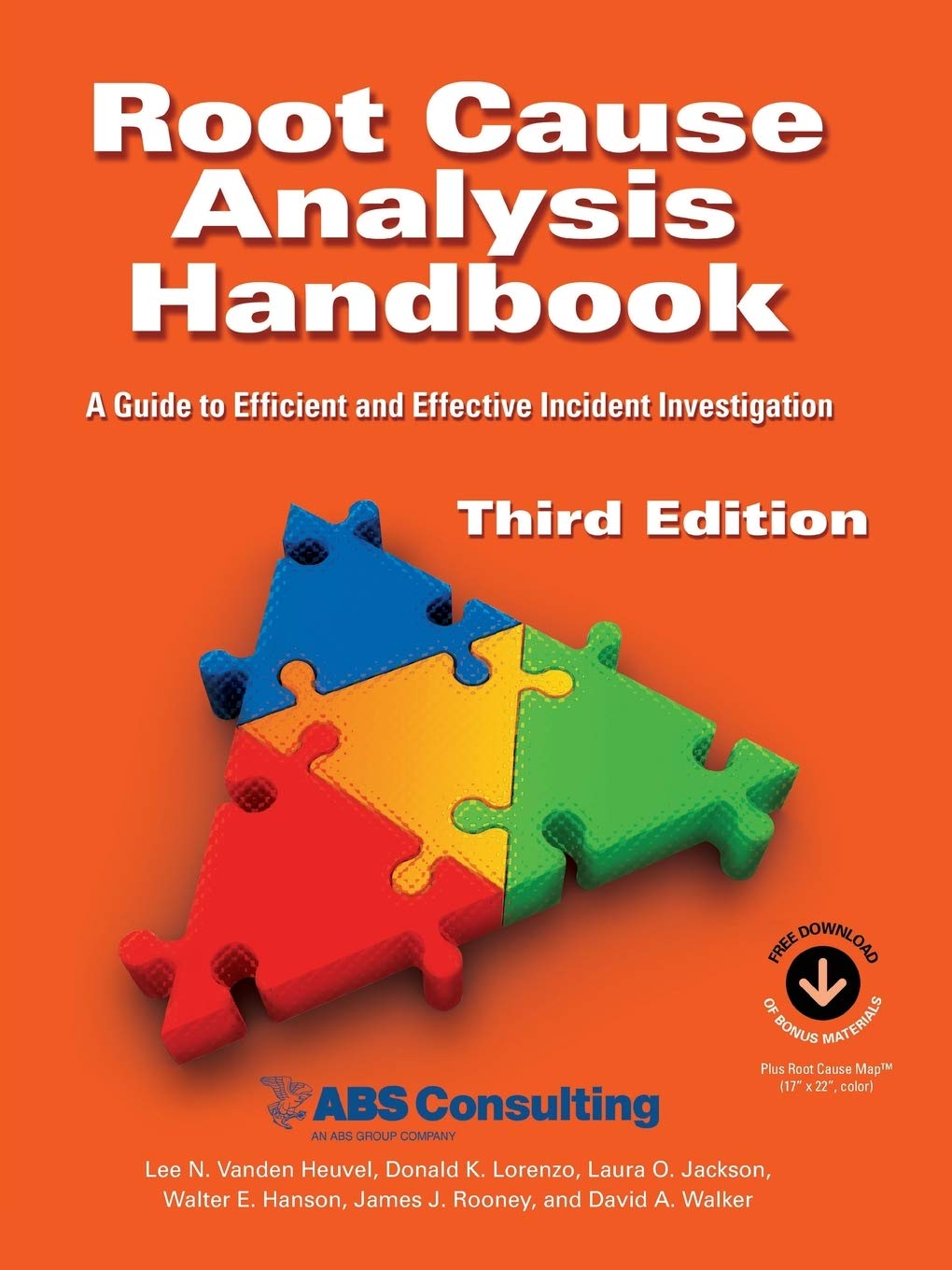
Analytical Techniques
What are Analytical Techniques?
Analytical techniques are systematic methods used to examine, interpret, and draw conclusions from data or information during project management. These techniques help project managers make informed decisions, identify risks, evaluate performance, and guide strategic planning. They involve both qualitative and quantitative approaches, depending on the type of project data and the decision-making context.
Analytical techniques are applied in project management at various stages of the project lifecycle, from initial planning to final evaluation. They are essential tools for problem-solving, resource allocation, forecasting outcomes, and improving project efficiency. Project managers often use them to support evidence-based decisions and increase the likelihood of project success.
Key Points
- Analytical techniques support decision-making through data-driven insights and logical reasoning.
- They include tools like root cause analysis, SWOT analysis, cost-benefit analysis, and trend analysis.
- These methods can assess risks, evaluate project performance, and support strategic alignment.
- Project managers use them in scope planning, risk management, budgeting, and quality control.
- Choosing the correct technique depends on project complexity, data availability, and the decision-making goal.
Related Terms
- Root cause analysis is one analytical technique that identifies the fundamental reasons behind a problem in a project.
- SWOT analysis is a common technique for evaluating a project’s strengths, weaknesses, opportunities, and threats.
- Cost-benefit analysis compares the potential costs and expected benefits to determine project viability or decision impacts.
- Trend analysis uses historical data to predict future project outcomes and support forecasting.
- Risk management frequently involves analytical methods to identify, assess, and prioritize potential project threats.
Analytical Techniques: Example
A project team managing a new product launch uses cost-benefit analysis to decide whether to invest in a new advertising channel. By examining digital advertising costs against projected revenue increases, the team determines that the channel will likely produce a strong return. They also use trend analysis on previous marketing campaigns to predict timing and reach. These combined techniques help them justify the investment to stakeholders.
Analytical Techniques: Best Practices
- Select techniques that align with project goals and available data.
- Apply multiple methods when a single analysis does not provide a clear direction.
- Ensure team members understand how to use and interpret the chosen techniques.
- Validate findings by comparing them with real-world results or expert input.
- Regularly update your analyses as new information becomes available during the project.
Additional Resources
Preparing for a PMI certification?
- Exam Prep Courses: PMP®, CAPM®, and PMI-ACP®
- Exam Simulators: PMP®, CAPM®, PMI-ACP®, PMI-PBA®, PMI-RMP®, PMI-SP®, PgMP®, and PfMP®
- Professional Development Units (PDUs): 15, 30, and 60 PDU Bundles




